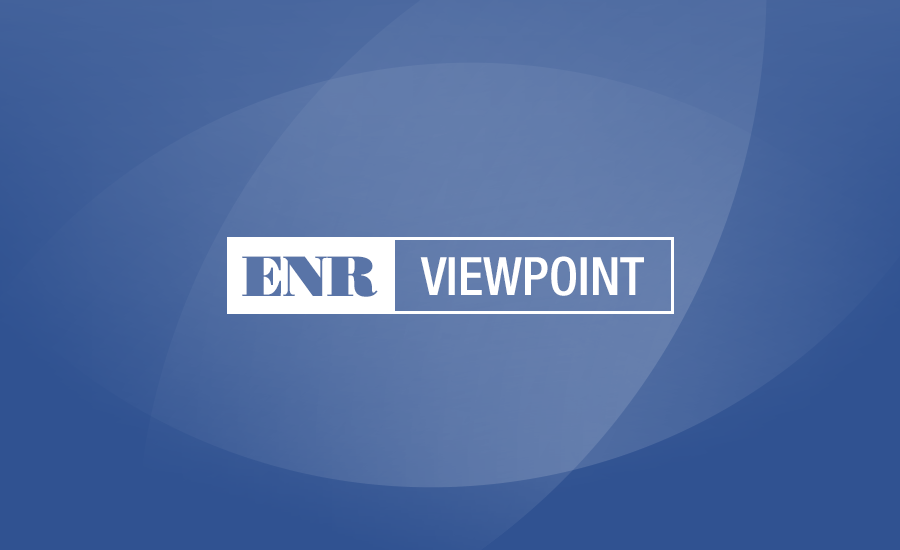Having spent my entire professional life in the construction industry, I have not seen anything change more than new technology. It has successfully disrupted the trades and created opportunities to complete projects on time while keeping costs down. While these are all strong selling points, new technological tools have also increased client demands, particularly when clients do not understand the complexities that go along with using them.
In an annual survey of real estate professionals, the Urban Land Institute and PricewaterhouseCoopers reported that the most important disrupter in real estate is construction technology. It’s easy to see why. With the data these tools give us, decisions can be made about safety, planning, and communication, all of which are critical to assuring a project is completed to everyone’s satisfaction.

While the advantages technology brings are easy to highlight, using them for projects is much more complicated. The tools that are available are not a silver bullet and the speed at which they can deliver information does not mean a project will be completed any faster. Construction managers still need years of experience to use the tools correctly, and they must be able to explain why they are doing these things to clients and owners.
For instance, even though unmanned aerial vehicles (drones) are becoming more common on construction jobsites, the Federal Aviation Administration still hasn’t written regulations for their use that will allow them to do all that’s possible. Until such regulations are adopted, the advantages will continue to lag because drones cannot be used where they would be most effective.
Another example is the use of global positioning systems for jobsite safety. Safety is rightfully becoming an increasingly important part of our industry, and these systems could help improve conditions for workers. Yet not all of them may be practical for certain sites. GPS doesn’t work as well indoors, and other tracking-type programs would actually increase costs because they require strong radio signals that would require transmitters and receivers.
Even with all the talk about new technology changing the way projects are being built, construction remains one of the least digitized industries. That is because every construction site is different. Not all retail stores are designed the same, for example, and constructing an entire building is a complex process. No matter what new technologies are developed to help us do our jobs, nothing can replace the experience workers gain by being on a jobsite.
According to a report highlighted recently in ENR, industry stakeholders have raised issues with the extensive amount of technology and data available for today’s projects, questioning whether overreliance on data can distract workers and disrupt construction. To avoid overwhelming individuals working on projects, it is crucial that technology and data are used effectively and appropriately.
The good news is that investors are putting more money into developing technologies that can be used on construction sites—$3.1 billion in 2018—so we can see more of the benefits. And there are many ways that technology can help. Augmented reality has already proven it can improve safety, communication programs have made it easier to keep workers on the same page, and building information modeling has allowed us to reduce construction delays.
But as long as human interaction remains the key element to successfully completing a project, the honest confidence and knowledge you convey to clients will keep them coming back. Being clear about the technological challenges we face will manage expectations while encouraging stronger communication. No matter what projects and clients I worked with, this philosophy has not only allowed us to win bids but it also has helped us retain clients for future opportunities when these clients appreciated our clear and straightforward interactions.
As technology continues to change the way projects are constructed and managed, we must use it to help realize our clients’ goals. We also have to be honest and up-front about expectations in order to keep their satisfaction high while improving our reputation for good work.

